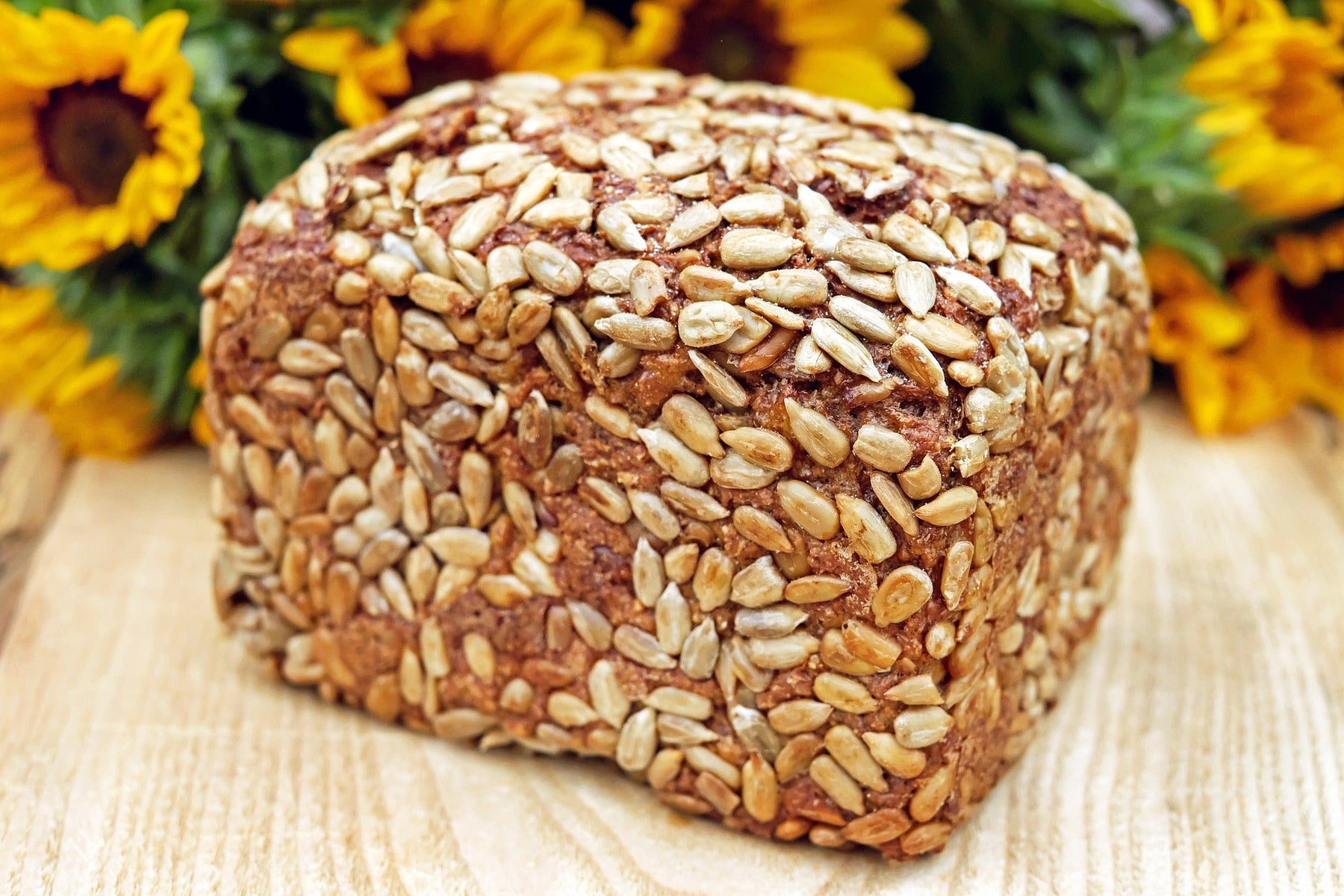
What Are the Benefits of Whole Grains?
Whole grains are an important part of a healthy diet. The 2010 Dietary Guidelines for Americans tells us that at least half of the grains we consume daily should be whole grains. Whole grains are more nutritious than refined grains. But to understand how, it's important to first understand the difference between whole grains and refined grains.
According to the Whole Grains Council, "Whole grains or foods made from them contain all the essential parts and naturally-occurring nutrients of the entire grain seed in their original proportions." But what does a whole grain consist of? Whole grains have three parts: the bran, which is the outer layer, the endosperm, which forms a middle layer, and the germ, which is the very inner layer. The bran and the germ are the most nutritious parts of the grain; they contain B and E vitamins, antioxidants, fiber, minerals, and other nutrients. The endosperm contains starchy carbohydrates, proteins, and a few vitamins and minerals. In order for a food product to be legally labelled "whole grain," the bran, the endosperm, and the germ must all be present. There are many healthy whole grains: corn, oatmeal, brown rice, wheat, quinoa, barley, and buckwheat, to name a few. It is also important to note that whole wheat flour is a whole grain product sometimes found in foods and generally ought to be preferred over "enriched bleach flour."
Now that we've looked at whole grains, what are refinèd grains? In the process of refinement, the finer points of which would be tedious to discuss here, the most nutritious parts of the whole grain—the bran and the germ—are removed. All that remains is the endosperm, and the valuable vitamins and nutrients from the bran and the germ have been lost. Processors "enrich" refinèd grain products, adding back some of the vitamins and minerals that were lost in the refinement process. But such enriched products rarely—if ever—compare nutritionally to unrefined whole grain products. Refinèd grain products include white rice, white bread, pastas from refined durum wheat flour, flour tortillas, many breakfast cereals, and others. Predictably, refinèd flours like refinèd bleached flour and all-purpose flour are simply not as nutritious as whole wheat flour.
To determine if a product contains whole grains, read nutrition labels carefully; look for ingredients that contain the word "whole" before any type of grain, because this means that that ingredient can legally only be a whole grain. It is also a good sign if a whole grain is first (or even solitary) on the ingredient list of a product. If care is taken, you can improve your diet with more beneficial whole grain products.
And, as always, Liquid Health products are available for your supplementation needs.
If you are looking for more information or you are interested in carrying or purchasing our products, please do not hesitate to call us at 800.995.6607 or send us an e-mail at customerservice@liquidhealth.us.
Sources/Information:
http://www.cnpp.usda.gov/dietaryguidelines.htm
http://wholegrainscouncil.org/whole-grains-101/us-dietary-guidelines-and-wg
http://wholegrainscouncil.org/whole-grains-101/definition-of-whole-grains
http://wholegrainscouncil.org/whole-grains-101/what-is-a-whole-grain
http://www.joybauer.com/food-articles/refined-grains.aspx
http://www.mayoclinic.org/healthy-living/nutrition-and-healthy-eating/in-depth/whole-grains/art-20047826


Leave a comment